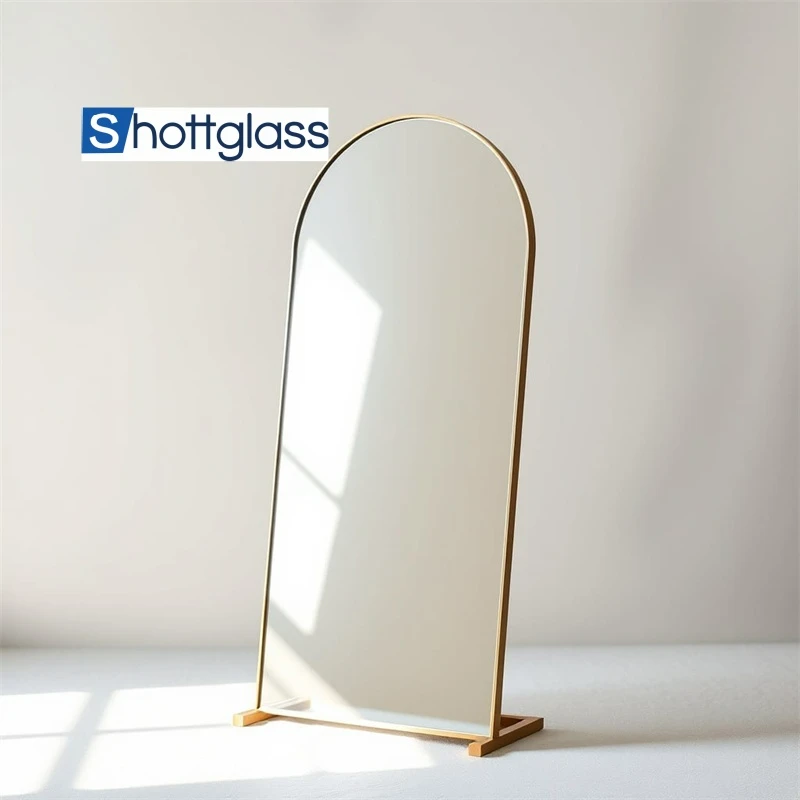Sep . 23, 2024 05:29 Back to list
laminated tempered glass
The Benefits of Laminated Tempered Glass
Laminated tempered glass is a popular choice in modern architecture and design, known for its unique combination of durability, safety, and aesthetic appeal. This specialized form of glass is made through a process that involves combining multiple layers of glass with interlayer materials to enhance its performance. Understanding the features and benefits of laminated tempered glass can help architects, builders, and homeowners make informed decisions for their projects.
Safety First
One of the primary advantages of laminated tempered glass is its safety features. The lamination process involves sandwiching a layer of polyvinyl butyral (PVB) or another durable interlayer between two or more sheets of tempered glass. This construction means that if the glass breaks, the shards adhere to the interlayer, preventing dangerous glass splinters from scattering. This is particularly important in high-traffic areas or locations where children are present. Additionally, the tempered aspect of the glass means that it is treated to withstand significant impact and thermal stress, further enhancing its safety profile.
Enhanced Security
Another significant benefit of laminated tempered glass is its increased security. The multi-layered construction makes it more difficult for intruders to break through compared to standard glass. This characteristic is especially valuable for storefronts, banks, and residential properties looking to improve their security measures. It also acts as a deterrent against vandalism, offering peace of mind to property owners.
UV Protection and Noise Reduction
laminated tempered glass

Laminated tempered glass also provides excellent UV protection. The interlayer effectively blocks up to 99% of harmful ultraviolet rays, which helps to protect furnishings, fabrics, and art from fading and deterioration. This feature is particularly beneficial in homes and businesses where natural light is abundant. Furthermore, laminated glass outperforms standard glass in terms of sound insulation, making it an ideal choice for buildings located in noisy environments. The multiple layers dampen sound transmission, resulting in a quieter indoor atmosphere.
Aesthetic Versatility
In addition to its functional benefits, laminated tempered glass offers a wide range of aesthetic possibilities. It can be produced in various colors, tints, and finishes, allowing for customization that suits any architectural style. This versatility makes it a preferred option for designers aiming to create striking visual elements in their projects, such as glass facades, skylights, and balustrades.
Energy Efficiency
Finally, laminated tempered glass can contribute to energy efficiency in buildings. By minimizing heat transfer, it helps stabilize indoor temperatures, reducing reliance on heating and cooling systems. This not only lowers energy bills but also has a positive impact on the environment.
In conclusion, laminated tempered glass is an exceptional material that combines safety, security, UV protection, noise reduction, aesthetic appeal, and energy efficiency. Its multifaceted benefits make it an ideal choice for a variety of applications, from residential to commercial settings. As the demand for innovative and sustainable building materials continues to grow, laminated tempered glass stands out as a superior option that meets the needs of modern architecture while enhancing the overall quality of life for its users.
-
Sustainable Practices in a Modern Coated Glass Factory
NewsAug.07,2025
-
Insulated Glass Unit Installation Best Practices and Tips
NewsAug.07,2025
-
Frosted Glass Types and Custom Solutions for Sale
NewsAug.07,2025
-
Current Clear Float Glass Price Trends in Global Markets
NewsAug.07,2025
-
Comparing Different Types of Laminated Glass Performance
NewsAug.07,2025
-
Best Anti Fog Bathroom Mirror Solutions for Humid Climates
NewsAug.07,2025
Related PRODUCTS














